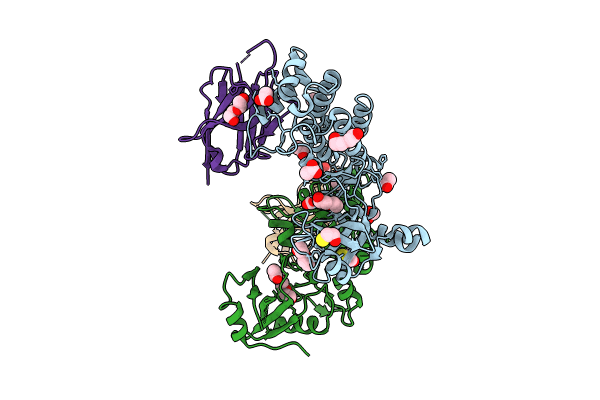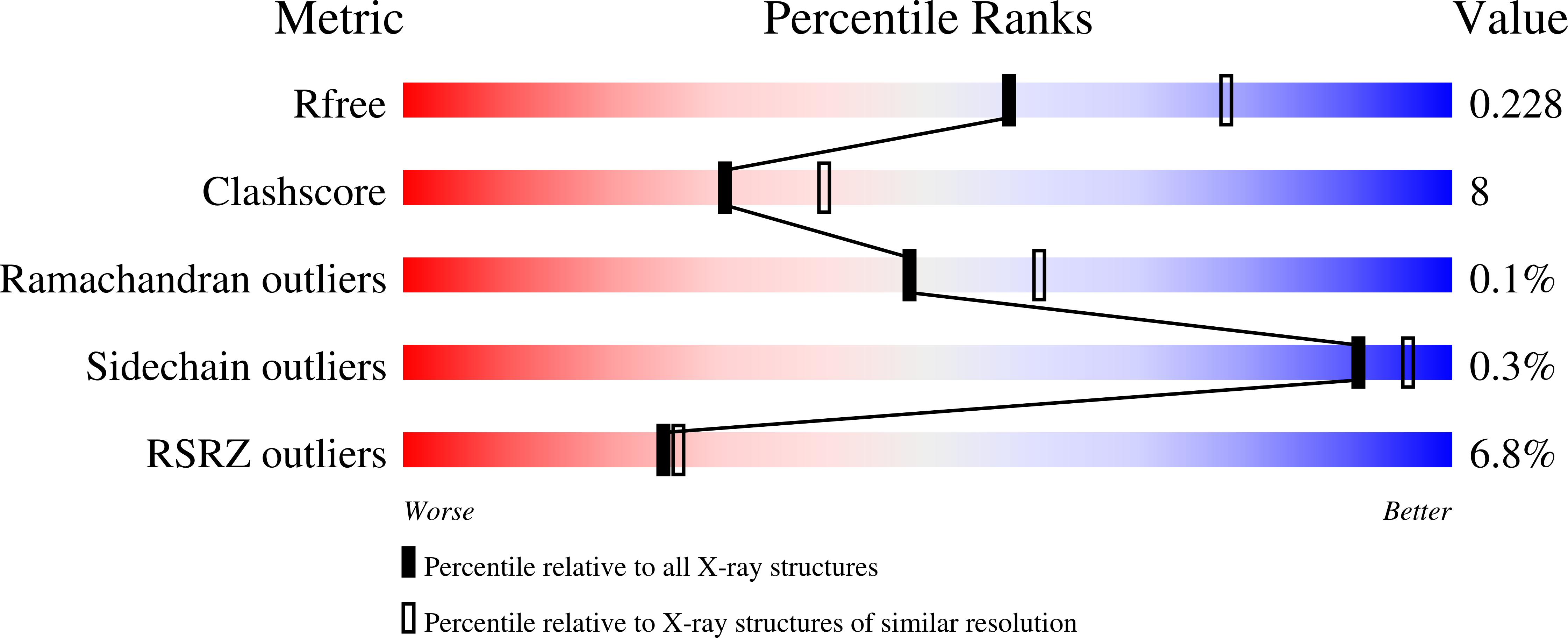
Deposition Date
2024-02-29
Release Date
2024-11-06
Last Version Date
2024-11-13
Entry Detail
PDB ID:
8S79
Keywords:
Title:
Lotus japonicus NFR5 intracellular domain in complex with Nanobody 200
Biological Source:
Source Organism:
Lotus japonicus (Taxon ID: 34305)
Lama glama (Taxon ID: 9844)
Lama glama (Taxon ID: 9844)
Host Organism:
Method Details:
Experimental Method:
Resolution:
2.29 Å
R-Value Free:
0.23
R-Value Work:
0.19
R-Value Observed:
0.19
Space Group:
P 31 2 1


